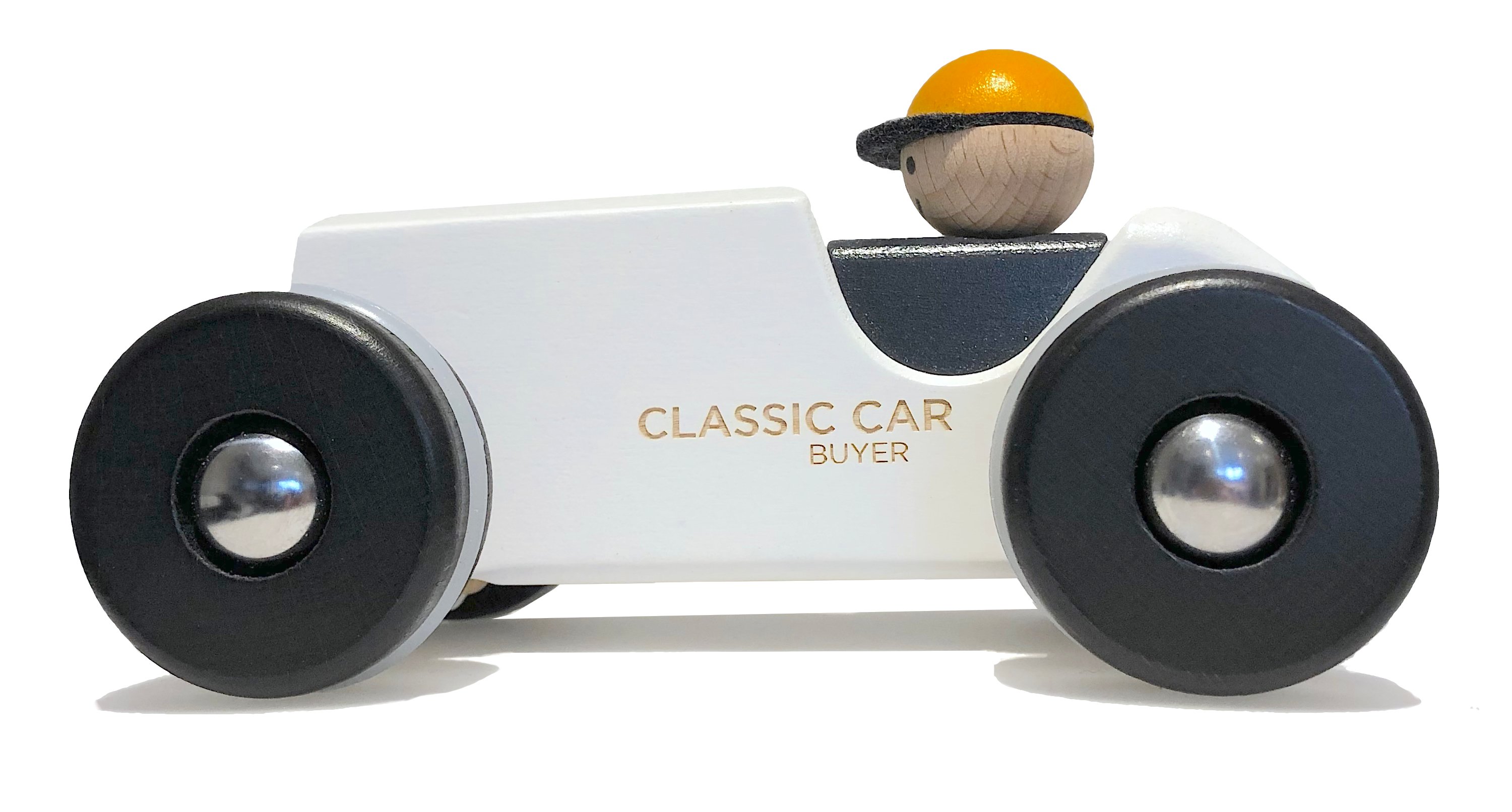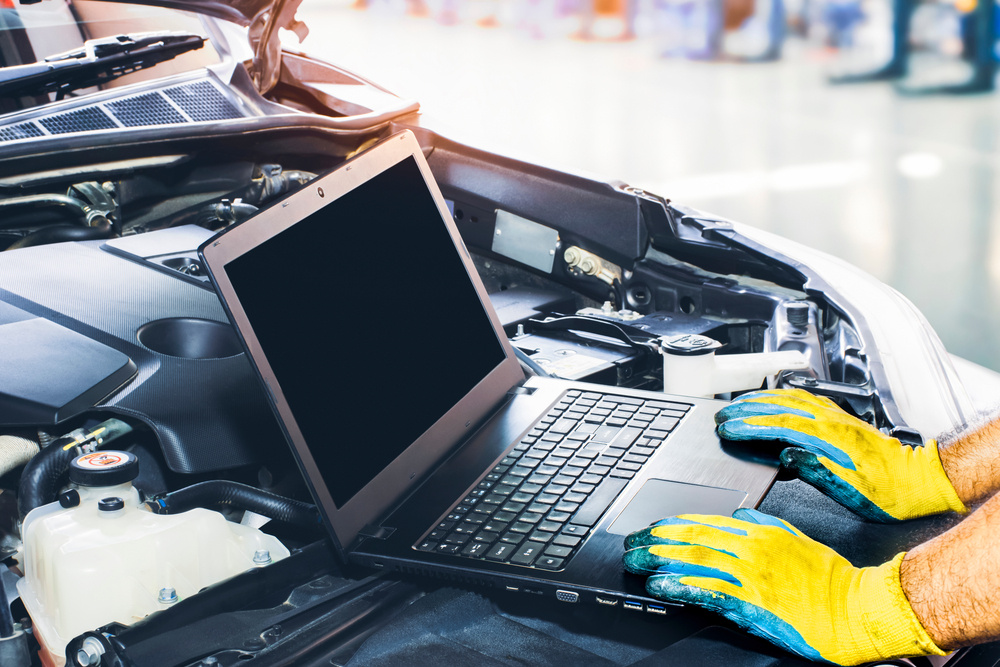The 1980s were a bit of a golden era for British motoring. It was a decade of Rubik’s Cubes,...
Engine remapping has become an increasingly popular way for classic car owners to enhance their vehicle’s performance without making any (or many) physical modifications. By tweaking the software that controls the engine, remapping can unlock extra power and often improve the car’s fuel efficiency. However, while the benefits can be significant, there are also some potential downsides to consider.
In this article, we’ll explore both the advantages and disadvantages of remapping, helping you to decide whether it’s the right choice for your car.
What is engine remapping?
Engine remapping is a cost-effective way to enhance your car’s performance, increasing its power and torque whilst also hopefully improving its fuel efficiency.
The process involves modifying the car’s onboard computer - known as the ECU (Engine Control Unit) - by updating its software. This is typically done by connecting a laptop to the vehicle’s system and rewriting the ECU’s programming. By optimising the engine’s settings, remapping unlocks extra performance without requiring any (or many) physical modifications to get the result that the owner wants.

Why do people do it?
Many cars won’t have their engine set to be working at the maximum potential performance level, so in essence their performance is limited, in order to improve both reliability and help with emissions. Sometimes, cars are limited in this way to help them perform adequately in adverse circumstances, such as really hot weather.
The remap, then, is often done with the hope of increasing the engine’s power by removing some of its imposed limitations.
So what are the main pros associated with engine remapping?
As with many upgrades, there are likely to be some significant benefits to remapping, which we discuss below…
You can improve your cars performance
By optimising the ECU settings, your car can deliver more power and torque, making acceleration quicker and the overall driving more responsive. This is particularly noticeable in turbocharged engines, where extra boost can be unlocked for better performance without the need for additional hardware upgrades.
It’s a software change, not a physical one
Unlike mechanical modifications, remapping only involves updating the ECU software, meaning there are no new parts to install. This makes the process quicker, usually taking less than an hour, and leaves the vehicle looking essentially the same while improving its performance.
It can usually be reversed
If you don’t like it or need to restore the car to its original settings - perhaps for resale or warranty reasons - the remap can usually be reversed. Many tuners offer a backup of the original software, allowing you to revert to factory settings if needed.
It’s not usually that expensive
Prices do vary, but compared to some mechanical modifications, like installing a new turbocharger, remapping is relatively affordable. Depending on the car and tuning company, costs typically range from a few hundred to a few thousand pounds, making it a cost-effective way to boost performance.

What are the main cons likely to be?
And on the reverse, there are sometimes some downsides to remapping, which are discussed here…
You might find your insurance goes up
Since remapping increases power and performance, many insurers classify it as a modification, which can lead to higher premiums. Some providers may even refuse to cover the car, so it’s important to check with your insurer before going ahead with a remap.
The car might be less reliable
While a professionally-done remap shouldn’t cause problems, pushing an engine beyond its factory settings can increase wear and tear. Some components like the turbo, clutch and the gearbox may wear out faster, especially if the car is driven aggressively.
It adds more stress to your engine
Higher power outputs mean the engine needs to work harder, which can lead to increased strain on many of the engine’s critical components. This makes regular servicing even more important, as neglecting the necessary maintenance requirements can result in certain issues, such as overheating or excessive fuel consumption.
Not every car can be remapped
Some older models of car will have outdated software that can’t be modified, meaning remapping isn’t an option. Additionally, certain non-turbocharged engines might see minimal gains from remapping, making it less worthwhile in those cases.
Finally - and this isn’t such an important thing for classic cars - but if you have a newer car that’s still under warranty you might find the warranty is invalidated by having the engine remapped.
How much does engine remapping cost?
The cost of engine remapping varies depending on the level of tuning you choose. Generally, remapping is categorised into three stages, with each offering more performance but also requiring additional modifications. Here’s a breakdown of what you might expect to pay for each stage…
Stage 1 remap
Likely costing a couple of hundred pounds, this includes a simple ECU software tweak, usually increasing power and torque without adding any hardware changes. Typically, you could expect to see 10-30% more power, depending on the engine type.
Stage 2 remap
Often costing £500 to around £1,200, this includes a more aggressive ECU tune, often requiring supporting modifications like a performance exhaust or upgraded air intake.
Stage 3 remap
Potentially costing from £1,000 to £3,000 or more, this includes a full performance upgrade, requiring major hardware changes such as a bigger turbo, high-flow fuel injectors, and an upgraded cooling system. This gives a significant increase in horsepower, often 50% or more, but with higher stress on the engine.

Is it worth the cost?
For most drivers, a Stage 1 remap provides the best balance of affordability, performance and also reliability. However, if you’re after more power and don’t mind investing in supporting modifications, going for Stage 2 or 3 can take your car to the next level. Just remember that the higher stages may lead to increased wear and also additional maintenance costs in the long run. Whatever you decide, just make sure to take your car to an expert to do the remap…
So - there’s some food for thought here. Engine remapping offers a tempting way to boost your car’s performance. However, it’s not without its risks. If you’re thinking about a remap, it’s essential to do your research, choose a reputable tuner, and ensure your car is well-maintained in the longer term.
For many drivers, the benefits outweigh the negatives, but whether it’s the right choice for you will depend on your driving habits, budget, and long-term plans for your classic car.







